Description
Swiss Chard Ruby Red
Swiss Chard Ruby Red . Tender, sweet, with vivid red stalks, dark greenish-red and heavily crinkled leaves. Easy to grow, vigorous and high in vitamin content. Approximately 55 days to maturity. Plants grow 16-20″ tall.
Cultivation Advice
- Swiss chard is a cool-season crop. Start planting in early spring or late summer for a fall harvest.
- Plant seeds directly in the soil or start them indoors a few weeks before the last frost date.
- Swiss chard prefers well-draining soil rich in organic matter. Add compost to improve soil fertility.
- Aim for a soil pH between 6.0 and 7.0.
- Swiss chard grows best in full sun to partial shade. Ensure they receive at least 4-6 hours of sunlight daily.
- Keep the soil consistently moist. Swiss chard prefers evenly moist conditions.
- Mulching can help retain soil moisture and suppress weeds.
- Plant seeds 1/2 to 1 inch deep and thin seedlings to 6-12 inches apart when they reach a few inches in height.
- Swiss chard is not heavy feeder, but you can use a balanced fertilizer at planting time.
- If the leaves start turning pale, you may need to add a nitrogen-rich fertilizer.
- Begin harvesting outer leaves when they reach 6 to 8 inches in length.
- Harvest regularly to encourage new growth. You can cut individual leaves or harvest the entire plant.
- Keep an eye out for pests like aphids and leaf miners. Insecticidal soap can be used for control.
- Provide good air circulation to reduce the risk of diseases. Avoid overhead watering to prevent fungal issues.
- Planting Swiss chard near crops like beans, cabbage, and onions can help with pest control.
- Avoid planting near crops like potatoes and tomatoes, as they may share similar pests.
- Swiss chard can often withstand mild winters. Mulch around the base of the plants to protect them during colder.
- To ensure a continuous harvest, consider planting Swiss chard seeds every few weeks throughout the growing season.
- If you have limited space, Swiss chard can be grown in containers. Ensure the containers have good drainage and use a high-quality potting mix.
- Swiss chard is relatively cold-tolerant but may bolt (produce flowers and seeds) in hot weather. If you’re growing it in the summer, provide some shade during the hottest part of the day.
- Allow a few plants to bolt and produce seeds if you want to save them for the next planting season. Let the seeds dry on the plant, then collect and store them in a cool, dry place.
- Harvest the leaves when they are young and tender for the best flavor. Larger leaves can be cooked, but they may have a slightly stronger taste.
- Store harvested Swiss chard in the refrigerator. It can be kept in plastic bags for a few days. Wash and dry the leaves before refrigerating.
- Swiss chard is rich in vitamins A, K, and C, as well as minerals like iron and magnesium. Regularly including it in your diet can contribute to a well-balanced nutritional intake.
- After harvesting, consider adding the leftover plant material to your compost bin. This helps recycle nutrients back into your garden.
- Planting herbs like basil and cilantro near Swiss chard can enhance the flavor of the leaves and may help deter pests
- If possible, use organic gardening practices. This includes avoiding synthetic pesticides and fertilizers. Instead, opt for natural alternatives and organic amendments.
- Swiss chard is versatile in the kitchen. Experiment with different cooking methods, such as sautéing, steaming, or adding it to soups and ste

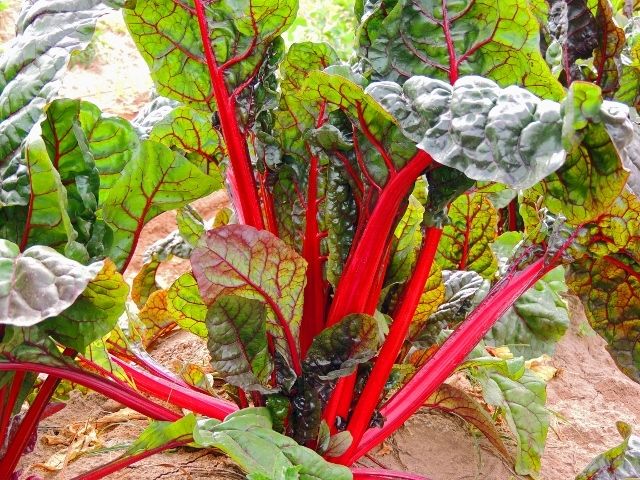
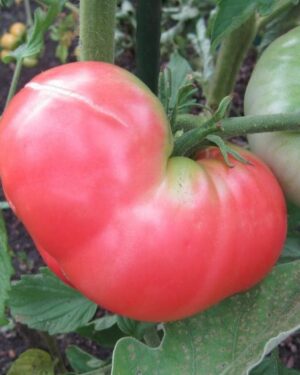
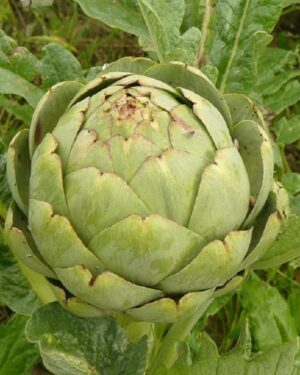
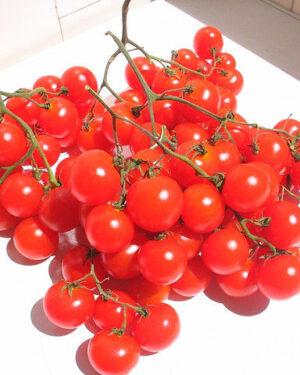

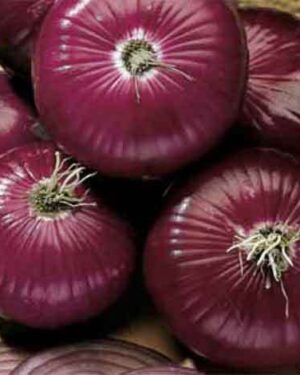

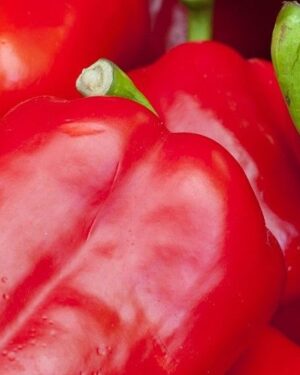
Reviews
There are no reviews yet.